Joseph Michaelis
Robots in Family Routines: Development of and Initial Insights from the Family-Robot Routines Inventory
Jun 17, 2024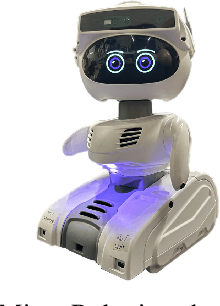

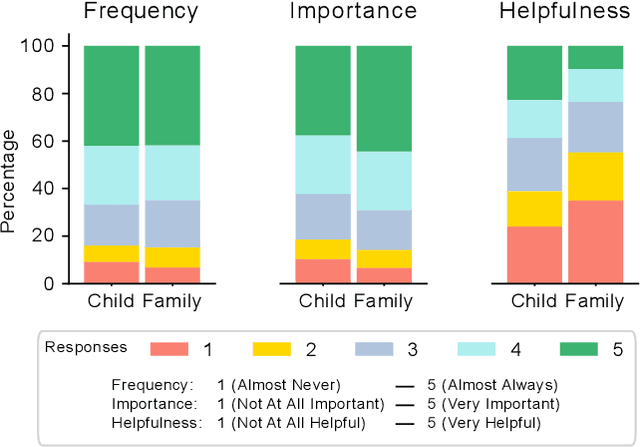
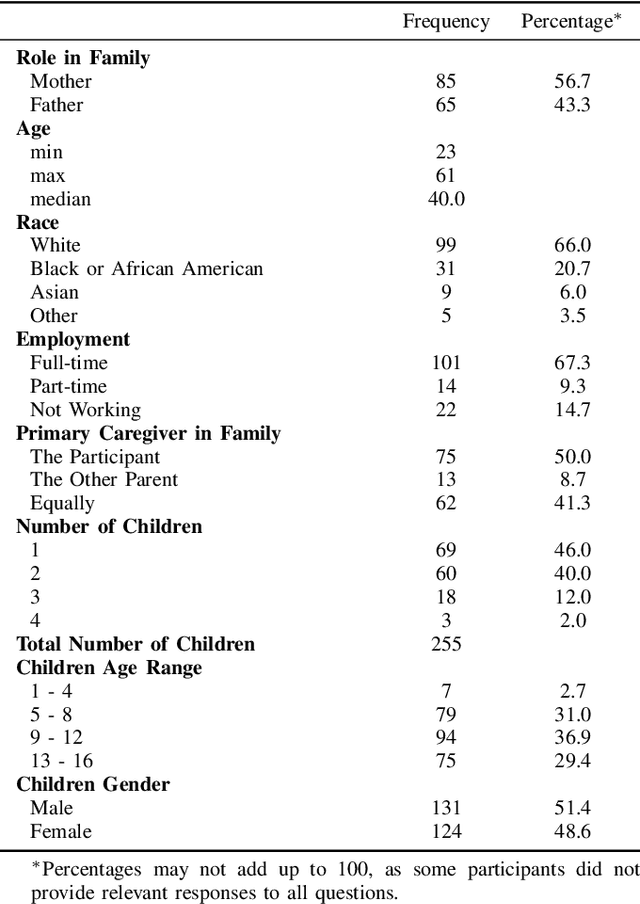
Abstract:Despite advances in areas such as the personalization of robots, sustaining adoption of robots for long-term use in families remains a challenge. Recent studies have identified integrating robots into families' routines and rituals as a promising approach to support long-term adoption. However, few studies explored the integration of robots into family routines and there is a gap in systematic measures to capture family preferences for robot integration. Building upon existing routine inventories, we developed Family-Robot Routines Inventory (FRRI), with 24 family routines and 24 child routine items, to capture parents' attitudes toward and expectations from the integration of robotic technology into their family routines. Using this inventory, we collected data from 150 parents through an online survey. Our analysis indicates that parents had varying perceptions for the utility of integrating robots into their routines. For example, parents found robot integration to be more helpful in children's individual routines, than to the collective routines of their families. We discuss the design implications of these preliminary findings, and how they may serve as a first step toward understanding the diverse challenges and demands of designing and integrating household robots for families.
Exploring Children's Preferences for Taking Care of a Social Robot
May 18, 2022

Abstract:Research in child-robot interactions suggests that engaging in "care-taking" of a social robot, such as tucking the robot in at night, can strengthen relationships formed between children and robots. In this work, we aim to better understand and explore the design space of caretaking activities with 10 children, aged 8--12 from eight families, involving an exploratory design session followed by a preliminary feasibility testing of robot caretaking activities. The design sessions provided insight into children's current caretaking tasks, how they would take care of a social robot, and how these new caretaking activities could be integrated into their daily routines. The feasibility study tested two different types of robot caretaking tasks, which we call connection and utility, and measured their short term effects on children's perceptions of and closeness to the social robot. We discuss the themes and present interaction design guidelines of robot caretaking activities for children.
Understanding Factors that Shape Children's Long Term Engagement with an In-Home Learning Companion Robot
May 18, 2022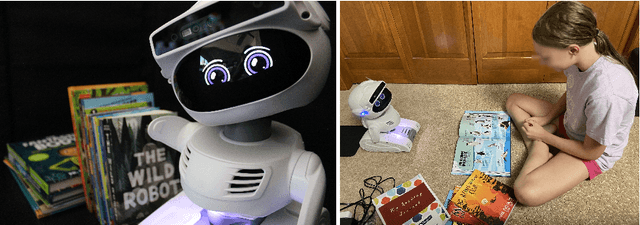
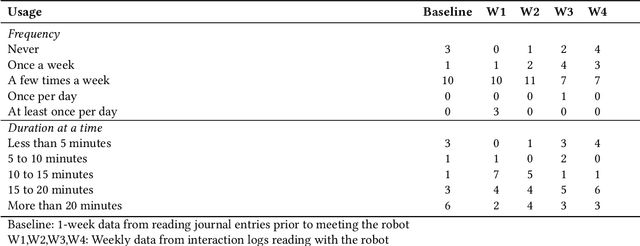
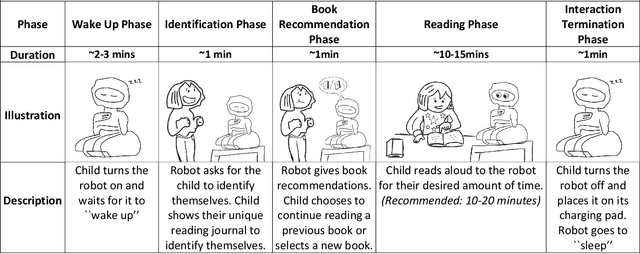
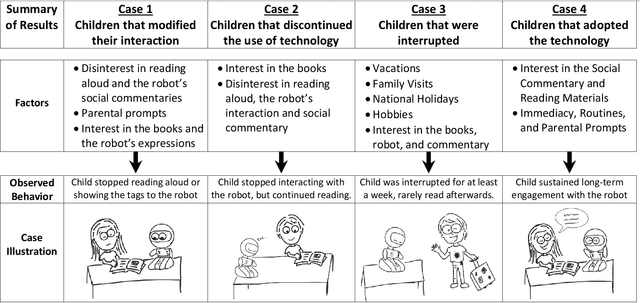
Abstract:Social robots are emerging as learning companions for children, and research shows that they facilitate the development of interest and learning even through brief interactions. However, little is known about how such technologies might support these goals in authentic environments over long-term periods of use and interaction. We designed a learning companion robot capable of supporting children reading popular-science books by expressing social and informational commentaries. We deployed the robot in homes of 14 families with children aged 10-12 for four weeks during the summer. Our analysis revealed critical factors that affected children's long-term engagement and adoption of the robot, including external factors such as vacations, family visits, and extracurricular activities; family/parental involvement; and children's individual interests. We present four in-depth cases that illustrate these factors and demonstrate their impact on children's reading experiences and discuss the implications of our findings for robot design.
 Add to Chrome
Add to Chrome Add to Firefox
Add to Firefox Add to Edge
Add to Edge